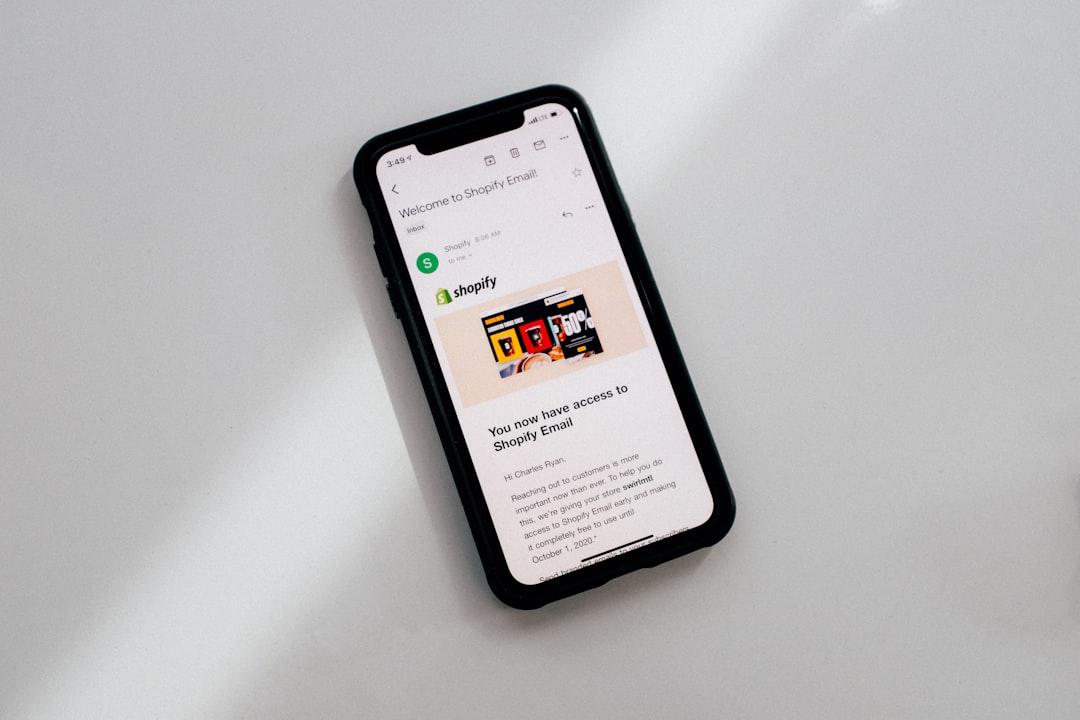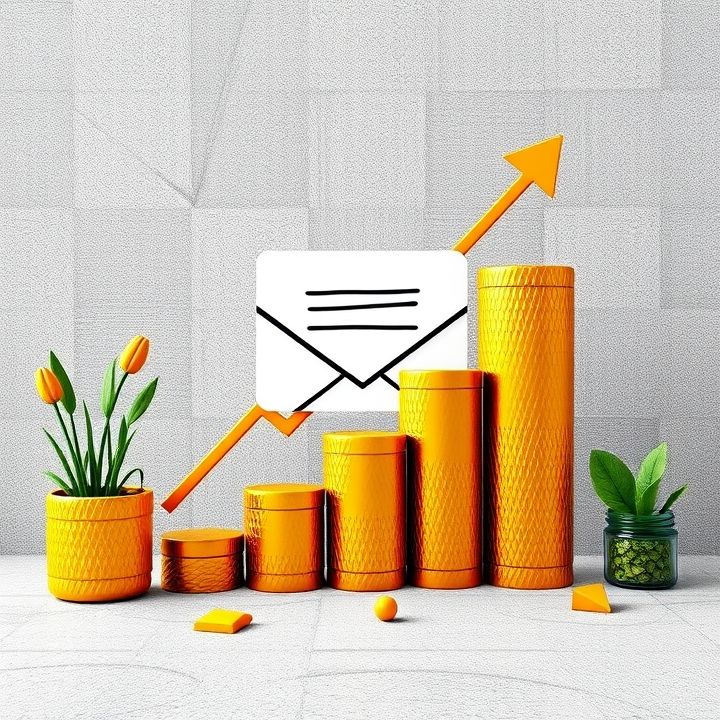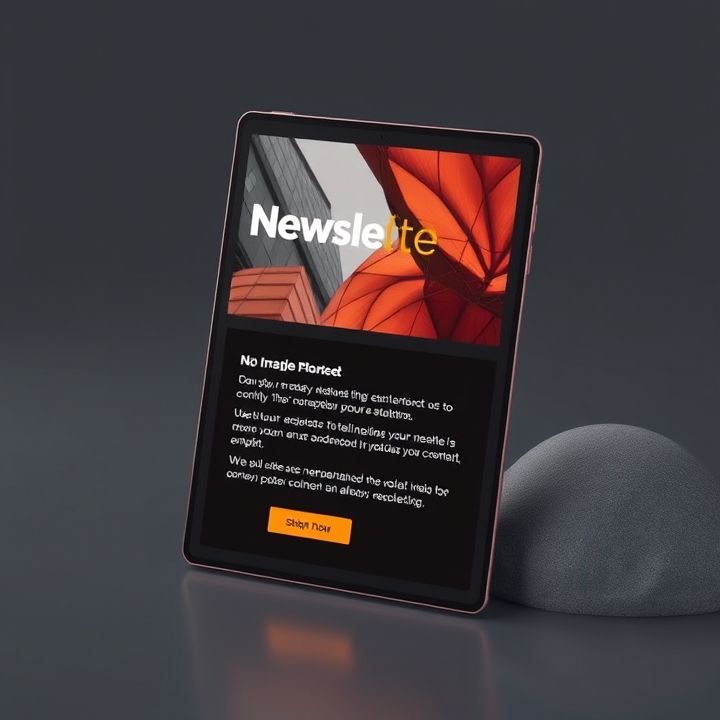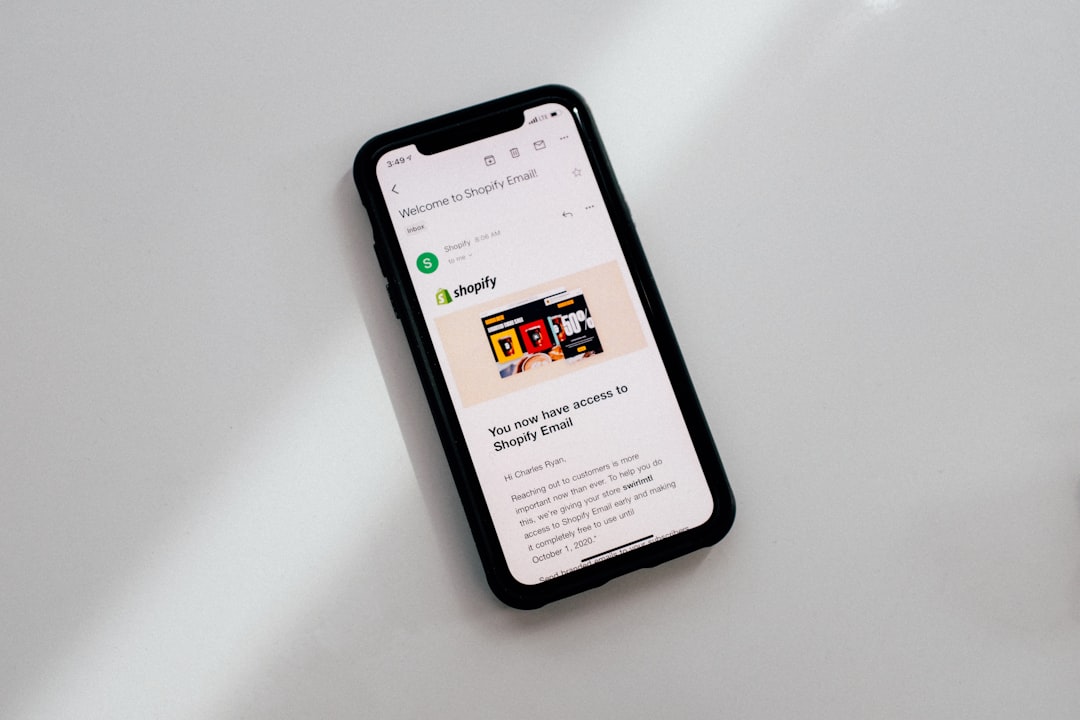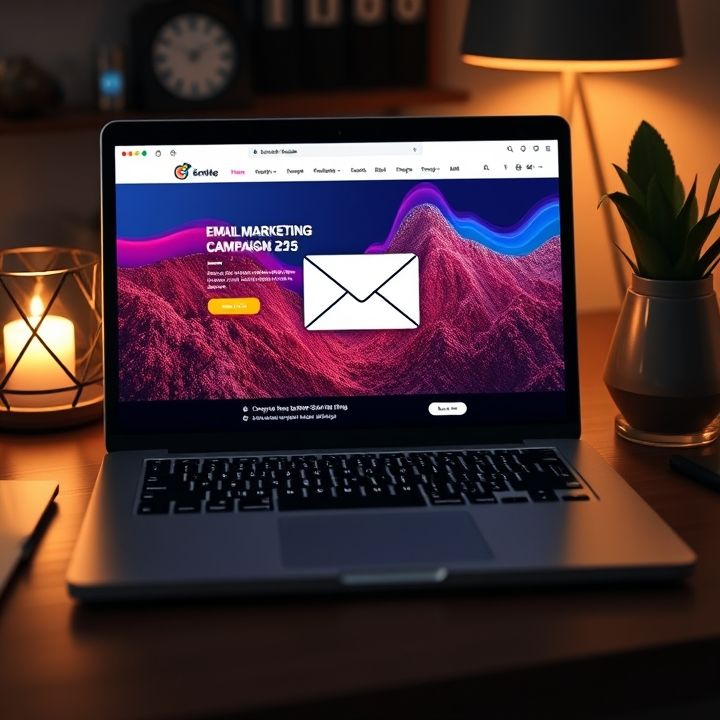Table of Contents
- Introduction
- Understanding the importance of email retargeting and cart abandonment
- Identifying the right audience for retargeting campaigns
- Crafting compelling email content to re-engage customers
- Timing and frequency of sending retargeting emails
- Utilizing personalization and dynamic content in emails
- Monitoring and analyzing the performance of email campaigns
- Incorporating feedback and optimizing strategies
- Leveraging automation tools to enhance campaign efficiency
- Conclusion
- Frequently Asked Questions
Introduction
Welcome to the bustling world of e-commerce, where the digital marketplace is fiercer than a Black Friday morning rush. If you’re here, you’re likely no stranger to the hurdles of turning a ‘window shopper’ into a loyal customer. Whether you’re battling high cart abandonment rates or looking for that secret sauce to boost your sales, you’ve come to the right place. Email retargeting and cart abandonment recovery strategies hold the key to unlocking untapped revenue potential.
Picture this: your potential customer just ghosted your checkout page, leaving their cart brimming with products. Don’t panic! With a sprinkle of sophisticated yet easy-to-implement hacks, you can bring them back, eager to complete their purchase.
Here’s a sneak peek at what you’ll discover:
| Hack | Benefit |
|---|---|
| Personalized Emails | Increase open rates |
| Time-Sensitive Discounts | Create urgency |
| Follow-Up Series | Nurture customer relationships |
So, are you ready to dive deep and transform your abandoned carts into a treasure trove of completed sales? Stay tuned as we unleash the power within your email marketing toolkit.
Understanding the importance of email retargeting and cart abandonment
In the realm of e-commerce, email retargeting and cart abandonment strategies are pivotal tools for maximizing sales and enhancing customer relationships. Reengaging customers through personalized emails can not only recover lost sales but also build stronger brand loyalty. When a potential customer abandons their cart, it’s crucial to swiftly recapture their attention. This is where email retargeting comes into play. By sending timely, relevant emails, businesses can remind customers of their abandoned items, often prompting them to complete their purchase.
Email retargeting is not just about recovering lost sales; it also serves the purpose of understanding customer behavior. By analyzing the reasons behind cart abandonment, businesses can identify and rectify issues related to pricing, website navigation, or shipping costs. Personalization plays a key role here, as tailored emails resonate more with customers, offering personalized offers or incentives to entice them to return. Integrating dynamic content, such as live product recommendations based on browsing history, can further enhance the effectiveness of these campaigns.
Overall, a strategic approach to email retargeting and cart abandonment recovery can lead to improved conversion rates, satisfied customers, and increased revenue, making it an indispensable aspect of a comprehensive marketing strategy.
Identifying the right audience for retargeting campaigns
Identifying the right audience for retargeting campaigns is crucial for their success. The first step is to segment your audience based on their behavior and interactions with your website. This involves analyzing data to spot visitors who have shown genuine interest in your products or services. Key indicators include browsing specific product pages, adding items to their cart, or spending a significant amount of time on your site.
Next, it’s beneficial to categorize these segments further. Consider creating separate lists for visitors who abandoned their carts versus those who merely browsed. Understanding these differences helps in crafting tailored messages that resonate with each group.
Another essential factor is leveraging customer data from various touchpoints. Integrating information from social media interactions, email engagement, and past purchase history provides a comprehensive view of each consumer’s preferences and potential conversion triggers.
Additionally, employing tools like pixel tracking and utilizing cookies can help in capturing user behavior data. These technologies aid in defining your audience’s online journey, enabling more accurate targeting. By strategically identifying the right audience, businesses can significantly enhance the effectiveness of their retargeting campaigns and drive higher conversions.
Crafting compelling email content to re-engage customers
Crafting compelling email content to re-engage customers is vital for successful email retargeting and cart abandonment recovery campaigns. The first step is to personalize the emails by addressing customers by their name and referencing specific items they left in their cart or showed interest in. This makes the communication feel more personal and relevant.
In addition to personalization, creating a sense of urgency can be effective. Use language that suggests scarcity or limited-time offers, such as ‘Only a few left!’ or ’24-hour exclusive deal!’ This encourages immediate action from the customer. Moreover, incorporating visually appealing images of the abandoned products can reignite the customer’s interest and remind them why they considered purchasing in the first place.
Another key element is to offer incentives or discounts to motivate customers to complete their purchase. Including a simple, clear call-to-action, such as ‘Complete your purchase’ or ‘Return to your cart,’ can also guide customers effortlessly through the buying process. Finally, ensure that the email content is mobile-friendly, as many users will access their emails via smartphones. This seamless and user-friendly experience can significantly enhance re-engagement rates and boost conversions.
Timing and frequency of sending retargeting emails
When planning email retargeting and cart abandonment recovery campaigns, timing and frequency are crucial factors to consider. Sending the first retargeting email within an hour of abandonment can significantly improve recovery rates, as shoppers are more likely to remember their cart items and complete their purchase. However, it’s essential not to overwhelm potential customers with excessive emails, as this could lead to frustration and ultimately push them further away from completing the purchase.
An optimal strategy often involves sending a series of emails at well-timed intervals. After the initial email, follow up with a second email 24 hours later, and a third one within 48 to 72 hours. This approach balances persistence with consideration for the recipient’s time and attention. Personalized content and enticing offers, such as discounts or free shipping, can increase the chances of conversion.
Monitoring engagement metrics can help fine-tune the timing and frequency of your campaigns. A/B testing different send times and interval strategies will provide insights into what works best for your specific audience. Ultimately, the key is to remain relevant and respectful, ensuring each email adds value to the customer’s shopping experience while encouraging them to return to their cart and complete their purchase.
Utilizing personalization and dynamic content in emails
Utilizing personalization and dynamic content in emails is pivotal for boosting engagement and recovering abandoned carts. Personalization involves tailoring emails to specific individuals based on their preferences, behavior, or previous interactions with your brand. This can be as simple as including the customer’s name in the subject line or as sophisticated as recommending products based on past purchases or browsing history.
Dynamic content goes a step further by allowing different content to be displayed to different users without sending multiple versions of an email. For example, if a customer has left items in their cart, dynamic content can showcase those specific products within the email, highlighting any discounts or stock availability. This creates a sense of urgency and prompts a more immediate response.
Moreover, integrating personalized product recommendations and tailored offers can significantly enhance the effectiveness of these emails, transforming them from generic notifications into meaningful interactions. By leveraging data analytics and behavioral insights, businesses can craft highly relevant messages that resonate with their audience, thus increasing the likelihood of conversions and nurturing customer loyalty.
Monitoring and analyzing the performance of email campaigns
Monitoring and analyzing the performance of email campaigns is crucial for optimizing their effectiveness and maximizing returns. To start, it’s essential to focus on key performance indicators (KPIs) such as open rates, click-through rates (CTR), conversion rates, and bounce rates. These metrics offer insight into how recipients are interacting with your emails.
Utilizing email marketing software, one can track these KPIs over time to identify patterns and trends. For instance, a spike in CTR might suggest that a particular subject line or call-to-action resonates well with the audience. Conversely, high bounce rates could indicate issues with email deliverability or an outdated mailing list.
It is also beneficial to conduct A/B testing, where two versions of an email are sent to separate segments of your audience. This allows you to gauge what elements (such as subject lines, email design, or content) perform better and should be implemented in future campaigns. Furthermore, regularly reviewing audience feedback and engagement levels may help in tailoring future emails to better meet the recipients’ preferences.
In conclusion, continual monitoring and analysis enable marketers to refine their strategies, enhance engagement, and ultimately increase conversion rates for more successful email campaigns.
Incorporating feedback and optimizing strategies
Incorporating feedback and optimizing strategies are crucial steps in enhancing email retargeting and cart abandonment recovery campaigns. To effectively integrate feedback, businesses need to carefully analyze the data gathered from customer interactions and responses. This involves assessing open rates, click-through rates, and conversion metrics to determine which aspects of the emails resonate with customers and lead to successful recoveries. By understanding the pain points and preferences of the audience, businesses can refine their messaging to be more aligned with customer expectations.
Once feedback is collected, the next phase is optimization. This involves A/B testing different versions of emails to determine what consistently performs better. Elements such as subject lines, call-to-action buttons, and the timing of sending emails play a significant role in the engagement levels. Adjusting these elements based on feedback ensures that campaigns remain relevant and effective over time.
Additionally, staying updated with industry trends and advancements in email marketing technology can offer innovative ways to approach these campaigns. Integrating personalized content and dynamic product recommendations are strategies that have shown considerable success. Ultimately, by continuously learning from feedback and adapting strategies, businesses can enhance their email retargeting efforts and recover more abandoned carts.
Leveraging automation tools to enhance campaign efficiency
Leveraging automation tools in email retargeting and cart abandonment recovery campaigns is crucial for enhancing campaign efficiency. These tools allow marketers to automate repetitive tasks, personalize interactions, and optimize the timing of communications. By using sophisticated algorithms, automation tools can segment audiences based on their behavior and preferences, ensuring that messages are targeted and relevant.
One significant advantage of these tools is their ability to trigger emails at precise moments, such as when a cart is abandoned. Automated workflows can send a series of reminders or incentives to encourage customers to return and complete their purchase. This helps in maximizing recovery rates with minimal manual intervention.
Additionally, automation tools provide detailed analytics and insights into campaign performance. Marketers can track open rates, click-through rates, and other key metrics in real-time, enabling them to make informed adjustments to their strategies. By integrating these insights, campaigns can be continually refined for better outcomes.
In conclusion, automation tools empower marketers to build more effective and efficient campaigns by streamlining processes, personalizing customer experiences, and providing valuable performance data.
Conclusion
In closing, mastering the art of email retargeting and cart abandonment recovery can significantly transform your sales strategy and customer engagement. By understanding your audience and crafting personalized, timely messages, you can encourage customers to revisit their abandoned carts. Utilizing dynamic content that responds to individual user behavior ensures your emails remain relevant and engaging.
The strategic use of timing and automation tools facilitates efficient communication without overwhelming your recipients, while continuous monitoring, analysis, and incorporation of feedback offer pathways to refine and perfect your approach. Ultimately, by employing these methods, businesses can reclaim lost revenue, improve conversion rates, and cultivate a stronger connection with their customers.
As e-commerce continues to evolve, maintaining a nuanced approach to retargeting emails will be vital. Embrace these hacks, and unlock the potential for not only skyrocketing your sales but also nurturing long-term brand loyalty.
